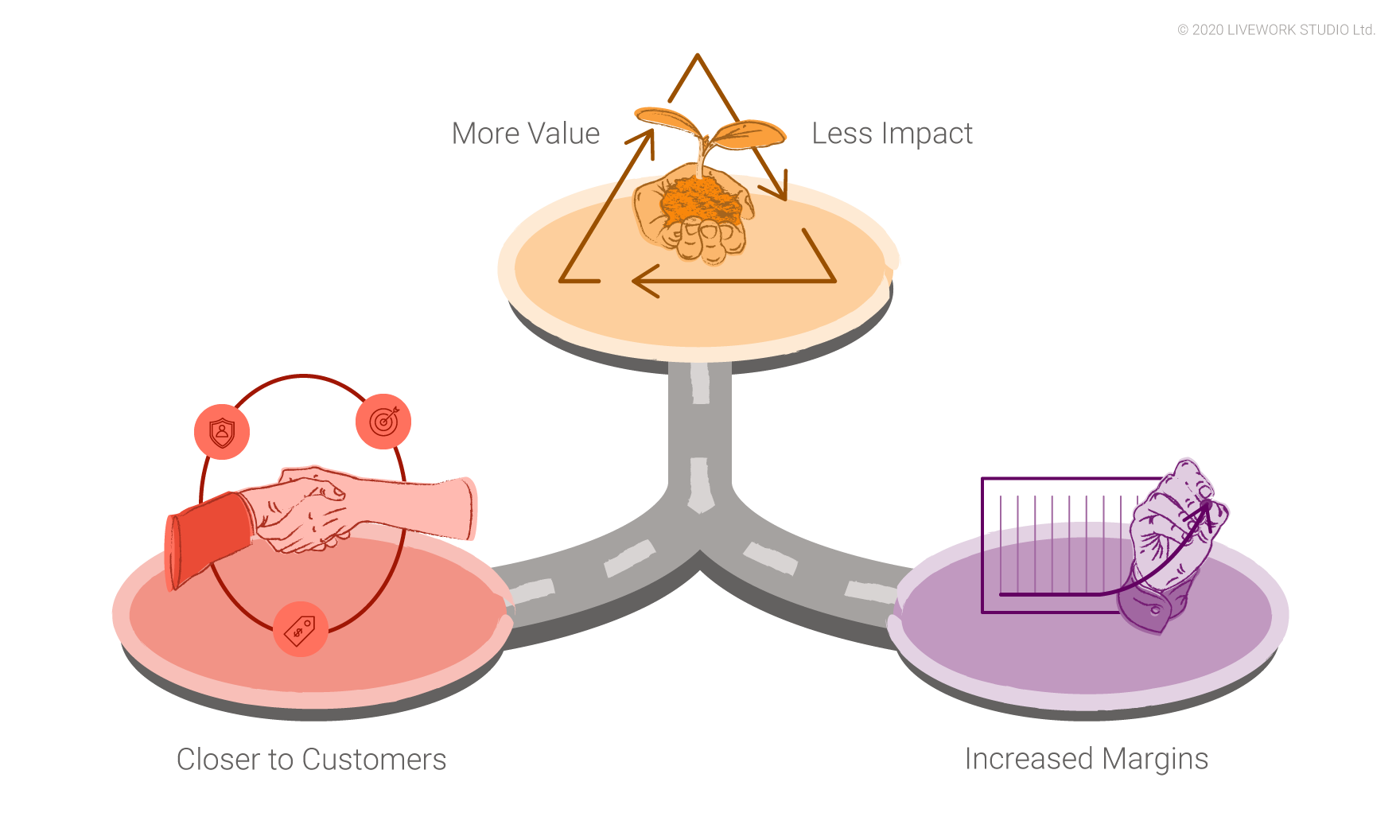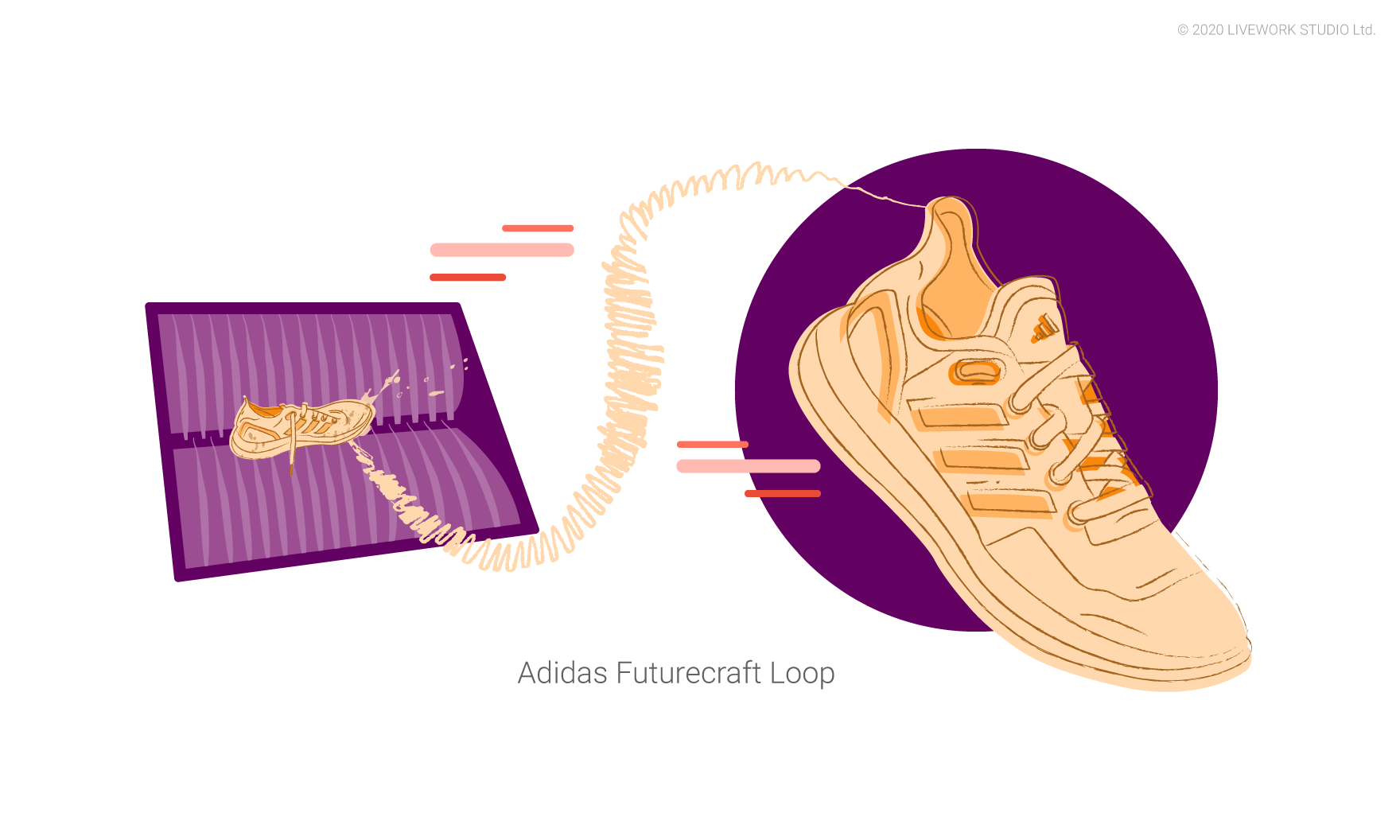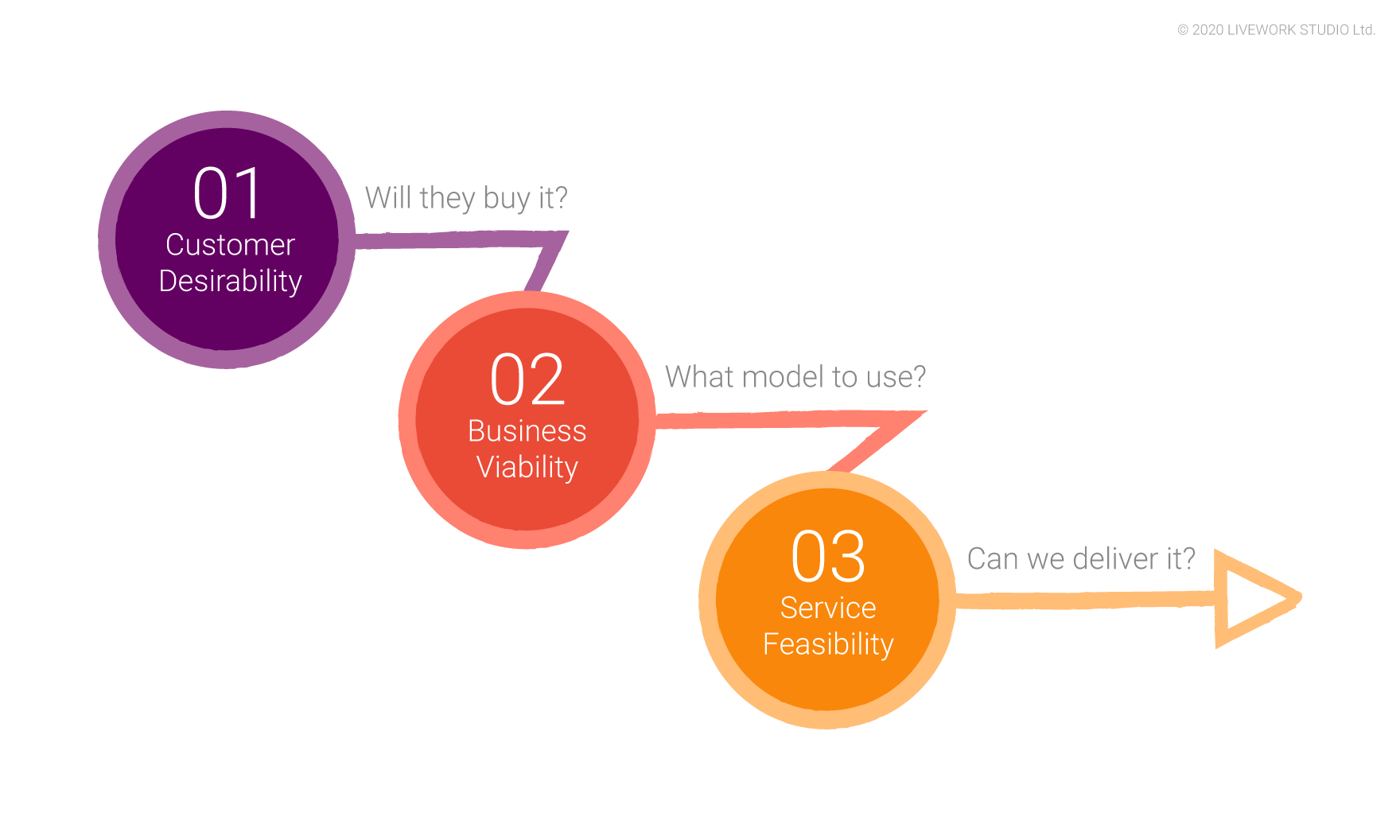Great, but where’s the catch?
All very exciting of course, but it’s easier said than done. Obviously moving to a circular model is a significant change for both your business and for your customers. Both must shift habits and adopt new ways of relating to the material goods they use in their lives or workplaces.
Car sharing services are a good example. BMW’s Drive Now creates a higher return per vehicle through car sharing than it does from traditional vehicle sales. But this asks consumers to shift to a very different relationship with personal mobility – from owning a car to accessing a car as a means of getting from A to B.
Industries are changing dramatically and the market is accelerating to a point where circular models are becoming more and more mainstream. Why is this happening now?
First, consumers are changing. There is a generational shift coming with younger consumers who have grown up renting and sharing.
This generation has new ethics, squeezed finances and digitally native habits that make new offers a better fit to their way of life.
Second, regulation is coming. Awareness of the climate crisis is racing up the agenda and the impact on all sectors from fashion to industry is coming. Producers will be required to assume the full burden of waste, raw material extraction, and their carbon footprint into the costs of their products and services.
Third, someone is doing this already. We live in a market full of disruption, innovation, and easy access to the tools to create new businesses. If you don’t look into the opportunities for your business, it’s extremely likely that someone else will.
What are the challenges and enablers?
Like many transformations, the challenge is in getting there. Circular models can look good on paper but fall at a number of hurdles. Many established businesses do not have the capabilities to receive and process ‘pre loved’ goods and the dominant culture is still one of manufacture, market, and forget.
There are three capabilities that will enable a business to begin to adopt circular models:
-
Building the capability to develop customer relationships. Knowing your customers, their needs and habits must complement more traditional product marketing capabilities.
-
Firms will need to navigate from a primarily transactional business model based around sales revenues to more to relational business where customer lifetime value is more important.
-
You’ll need a reliable and scalable ecosystem of supporting partners on the ground in the market who can deliver product maintenance, management and returns.
Use a design approach to implement a circular business model
For established businesses the challenge is to adapt both the business model and the organisation to something new. Chances are there will be resistance to both. You need an approach that enables you to explore the future and prove the value before any major transformation. Let’s consider this through the desirable/feasible/viable model.
In terms of customer desirability, will they buy it? Circular models on their own are fairly generic. In order to differentiate, you must understand the unique way for your brand to deliver that experience. There are many ways to implement a generic model. But the right way for you can only be accessed by getting out there, testing and learning. Experimenting in the market and exploring a range of concepts with customers will give you more insight than any focus group. Luckily, prototyping is an efficient and effective way to learn.
So you’ve done that. But is the business viable? Circularity comes with some hard numbers. Identifying which model works for your business and your customers can be modelled and used to set success criteria for experiments. Bear in mind that some models only work at scale so a level of commitment and bravery is required.
It’s then essential to consider if the service is feasible for you to deliver. Many product businesses are a long way from having service capabilities. Understand what the new model will mean and the options you have for delivery. Once again, prototyping is the answer, giving you the opportunity to explore new capabilities, partners and acquisitions.





